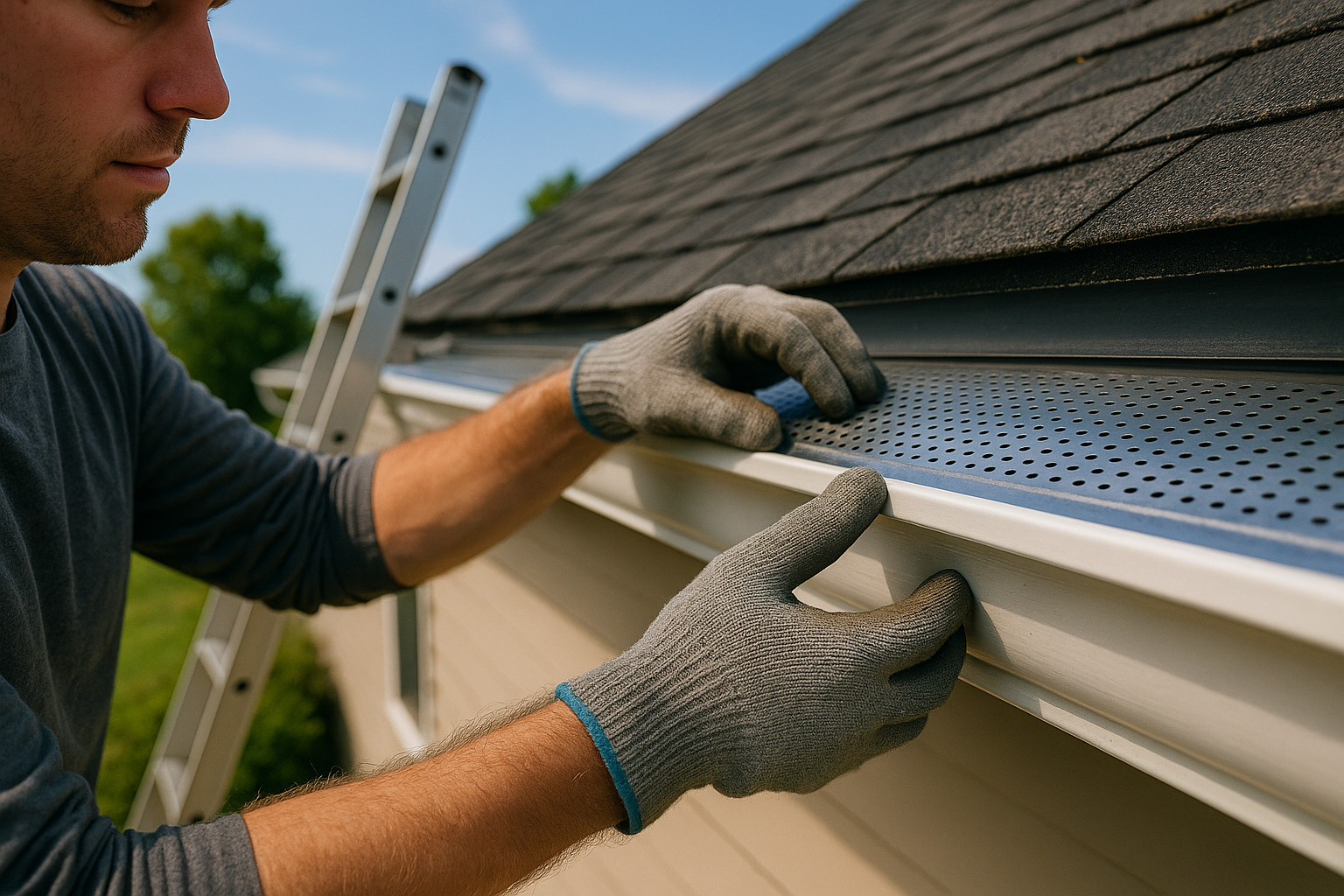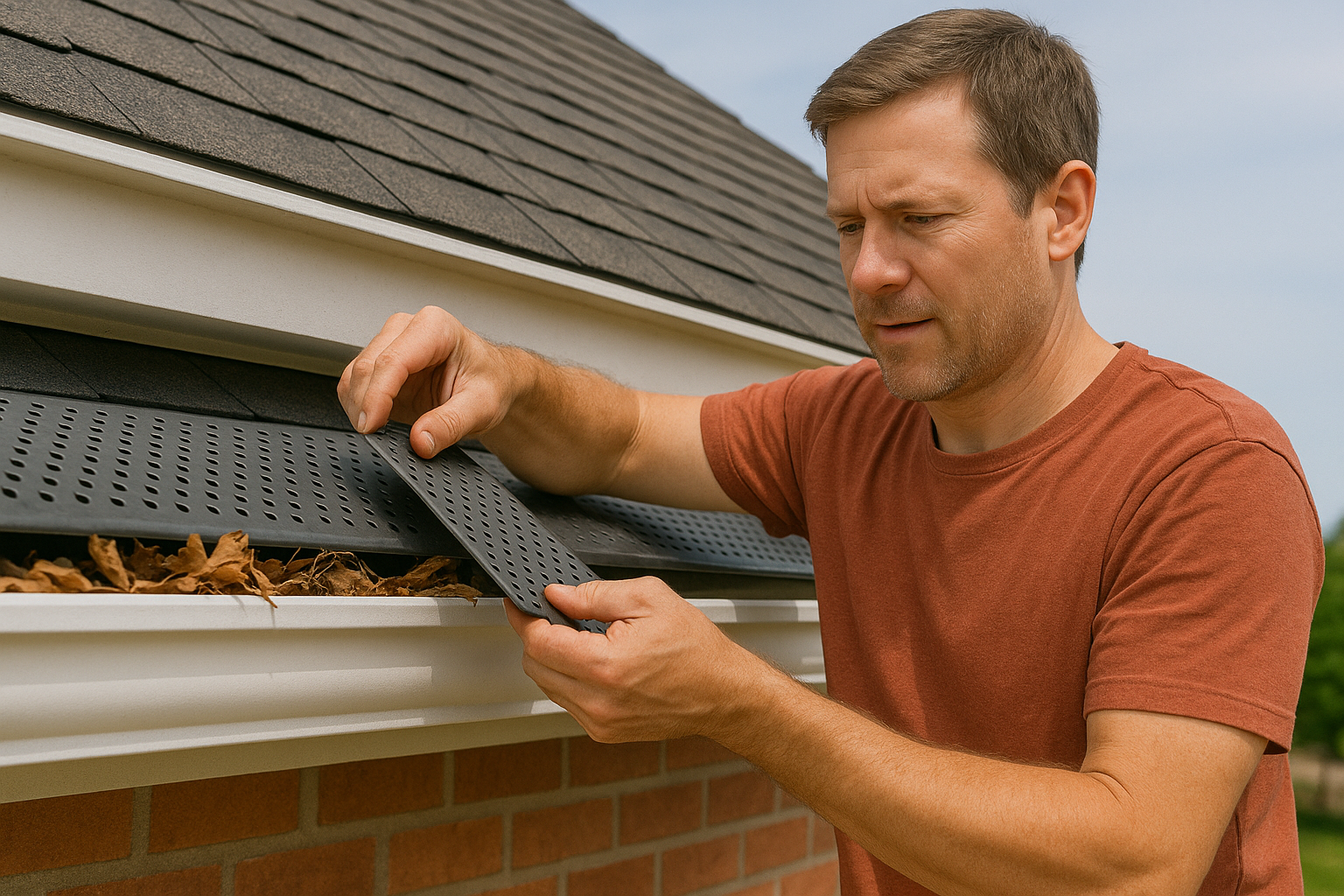How to Handle Roof Runoff Without Gutters: Smart Solutions That Divert Water Effectively
Your roof sheds a lot more runoff than you might think—and if you don’t have gutters installed, it’s got to go somewhere. Without a plan to divert water runoff, you're risking puddles around your home, erosion, and long-term foundation damage.
If you’re building a home, working with a modern design, or just don’t want gutters, this guide will walk you through smart and attractive ways to manage roof runoff without gutters. We’ll cover everything from drainage systems to rain chains, grading, and rain gardens that not only solve water flow issues but also look good doing it.
Key Takeaways
- Gutters aren't the only option—you can also use rain chains, French drains, drip edges, or channel drains to control runoff.
- The goal is to divert water away from your foundation and structure to prevent damage.
- Proper grading, landscaping, and water control features keep water runoff from your roof in check.
- Use rain gardens and dry wells to create sustainable, effective water drainage around your home.
Why Roof Runoff Needs to Be Managed—With or Without Gutters
Your roof is designed to move water, but without a reliable gutter system, that runoff ends up falling near your home’s perimeter. Over time, this can cause erosion, water pooling, or worse—water damage to your siding and foundation.
Even if you’re skipping traditional gutters, you need to think strategically. Handling roof runoff means planning where the water from your roof goes and how to divert it safely away from the walls and around your home.
How Drip Edges and Drip Trenches Can Replace Gutters
If you don't use gutters, a drip edge is your first line of defense. This slim piece of metal is installed at the edge of your roof to help guide water away from your fascia and reduce drip back.
Combine that with a drip trench—a narrow trench filled with gravel—and you’ve got a practical combo. These trenches allow water to flow away from the roof to the ground, minimizing splash and puddles around the base of your house.
Rain Chains: Functional and Stylish Water Diversion
Rain chains aren’t just decorative—they’re a reliable alternative to traditional gutters. These vertical elements slow down water runoff from your roof, guiding it in a controlled path.
Rain chains are typically made of copper or aluminum and pair best with a basin, French drain, or small rain garden beneath to handle excess water. They’re an attractive way to manage runoff while adding a touch of design to your exterior.
Install a French Drain for Ground-Level Water Control
A French drain is one of the most reliable ways to divert water runoff underground. It consists of a trench filled with gravel and a perforated pipe that redirects runoff away from your home’s foundation.
This is ideal when water collects near your patio, garage, or low-lying sections of your yard. The French drain is a trench that gives water a clear path, keeping it from pooling around your home.
Channel Drains Catch Runoff Across Hard Surfaces
If your roof runoff spills onto driveways or patios, a channel drain offers a sleek way to catch and reroute it. These long, graded systems channel runoff to a remote drainage point using underground pipes.
Channel drains, installed flush with concrete or pavers, are perfect for urban homes where grading isn’t enough to divert water away.
Grading Your Landscape for Natural Drainage
A proper grading strategy uses the shape of your land to divert water runoff without hardware. Ideally, the land around your home should slope away at least 6 inches every 10 feet.
If you see water pools around your foundation after storms, it’s a grading problem. Adjusting your grading is one of the simplest and most natural ways to keep water away from your structure.
Rain Gardens Turn Runoff Into a Sustainable Feature
Don’t just manage roof runoff—make it beautiful. A rain garden is a shallow, landscaped area that collects runoff and lets it soak into the soil naturally. It’s eco-friendly and improves water quality while reducing erosion.
Planted with native flowers and grasses, rain gardens are ideal near the edge of your roof, under rain chains, or in valleys where water from your roof tends to gather.
Louvers as Built-In Water Deflectors
If you’re building a home with clean architectural lines, louvers can be a minimalist option. These slatted systems deflect falling water from the roof outward, directing it away from the foundation.
Louvers don’t catch water like gutters, but they help divert water and reduce the amount that hits your siding or entryways. They're a favorite for modern and commercial-style homes.
Built-In Gutters for Hidden Water Management
When you still want the function of a gutter system but not the appearance, consider built-in gutters. These are integrated into the fascia or roof edge and are invisible from the ground.
Because they’re custom and complex, built-in gutters require a skilled gutter installation pro. But if you’re going for aesthetics and still want to protect your home, they’re a powerful hybrid solution.
Pairing Drainage Features for Best Results
No one system handles everything. Combining elements—like a drip edge plus a French drain or rain chains connected to a rain garden—offers layered protection. This ensures that water runoff from your roof is addressed at multiple stages.
Be sure to always direct water away from your foundation and check that water passes freely through each system: the more redundancy, the less chance of water damage when heavy rainfall hits.
Frequently Asked Questions
Do I really need gutters on my house?
Not always, but you absolutely need a plan. If you don’t want gutters, use a combination of drip edges, channel drains, and landscape grading to manage roof runoff.
What’s the best way to handle water runoff without gutters?
Use features like rain chains, drip trenches, French drains, and rain gardens. They slow and divert runoff without relying on a full gutter system.
Will rain chains work for heavy storms?
Yes, but only if paired with a proper drain below, like a gravel basin or dry well. They aren’t great alone for managing large water flows.
Conclusion
Just because you don’t want gutters doesn’t mean you can ignore runoff. Smart systems like rain chains, French drains, and grading help you handle roof runoff without gutters, without sacrificing function or style.
Looking for a better way to manage water around your home? Our team can help design and install custom drainage solutions that keep your property dry and beautiful. Reach out now for a fast, no-obligation quote—no gimmicks, just expert help to protect your home.





